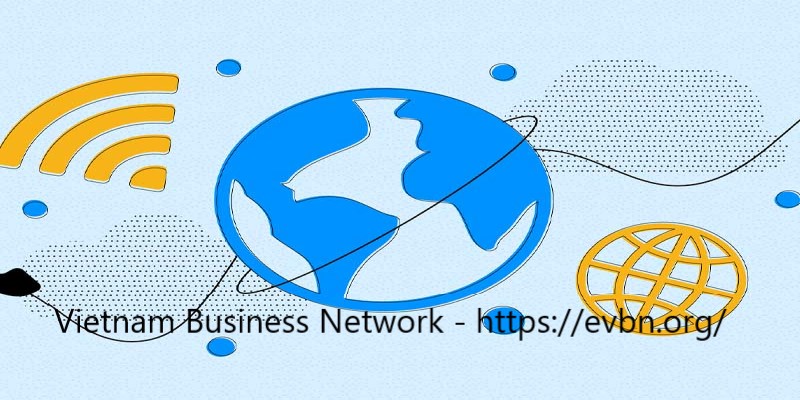Designing A Computer Network For Your Business: A Step-By-Step Guide | Jones IT
For effective network management, resource allocation, and security reasons, your network is likely to be divided into sub-networks or subnets. The network endpoints may be assigned to a subnet based on their location, department, function, or any other criteria.
Mục Lục
6. Document The Network Design
When designing a network, the most important thing to remember is that you cannot design the entire network in your head. You may think that you just need to link up your network equipment and things will work fine. But that’s never the case in a business environment, which is highly complex. Every device that you add to or remove from your network impacts its performance.
Therefore, it is highly recommended to document each and every step of your network design process. A clear plan and physical diagram will ensure that you do not miss any important aspect of the network and more importantly, will help in the implementation of the network.
Your design document should include the following:
-
The project’s goals.
-
Design requirements and constraints.
-
Details of existing network infrastructure including topology diagrams, network performance metrics, routing protocols, list of applications running, equipment list, and configurations.
-
Network design details including logical and physical topology, network diagrams, IP addressing, routing protocols, and configurations.
-
An implementation plan detailing the steps for the new installation, settings, and configurations.
Network Design Best Practices
By now you should have a general understanding of the various steps involved in network design. But once you embark on the design process, you will come across multiple questions, hurdles, and challenges. Many of these can be avoided by using best practices that have already been tried, tested, and used for many years.
Here are some important network design best practices:
1. Plan For The Future
The demands on your networks are always growing. In times of growth, there will be a sudden increase in the number of users and devices. At other times, organizations may be adopting new technologies such as video conferencing, virtual reality, and IoT devices that use up a lot of bandwidth and cause network congestion. Therefore, it is prudent to err on the side of caution and consider additional network load to accommodate the growth and adoption of new technologies in the future. The usual practice is to calculate based on the capacity you might need in the next year or two.
2. Backup And Failover
No matter how well we design a network to be, like any other device or technology, it is liable to break down due to the failure of or error in one or more of its components. Even when the network itself is stable, the ISPs tend to suffer from outages from time to time. You can safeguard against such breakdowns and outages by building redundancies into your network.
Redundancies built into your network core will ensure that the network will be up and running even if there are any issues with one or more of its components. The redundancy can include alternate power supply, additional cabling forming multiple network paths, and a secondary backup ISP subscription.















![Toni Kroos là ai? [ sự thật về tiểu sử đầy đủ Toni Kroos ]](https://evbn.org/wp-content/uploads/New-Project-6635-1671934592.jpg)


